The exhibition Kahlo, Sher-Gil, Stern: Modernist Identities in the Global South at Joburg Contemporary Art Foundation is a compelling visual immersion
By Edward Tsumele, CITYLIFE/ARTS Editor
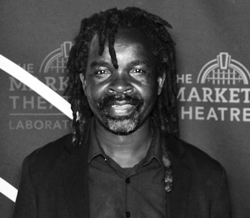
It was clearly a day to remember. A few of us the arts media tribe got an invitation to attend this media launch. This was the marking of the official opening of Kahlo, Sher-Gil, Stern: Modernist Identities in the Global South at the Joburg Contemporary Art Foundation (JCAF) in Forest Town, on Tuesday, 18 October 2022. We were left in awe of these three dynamic female artists from the global South. The experience of interacting with the artworks of these great artists, will definitely linger in our consciousness for a long time to come. This is compelling visual immersion and experience. The people are yearning to see this exhibition once it opens to the public on October 25, 2922.
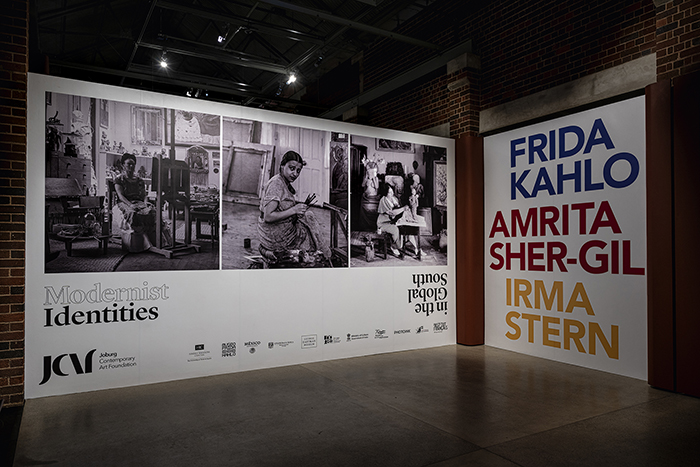
To many who have been following trends in the art trade in the past few years are probably not surprised by the popularity this exhibition is currently enjoying. Collectors in South Africa, especially those following the secondary art market, that is what has been happening on art auction platforms in South Africa, will especially be aware of the how Irma Stern’s works are much desired by collectors. So are the works of Frida Kahlo. Kahlo’s works however have not been available in South Africa, and in fact this is the first time that her work has ever been exhibited in South Africa.
But many in South Africa are quite aware of her importance on the global art market, particularly in Europe. On the other hand’s Stern’s works have been appearing and reappearing on the auction floor for many years. And they always fetch decent prices as collectors try to outdo each other to lay their hands on an Irma Stern art piece They do not come cheap though whether it is still life, such as her iconic flowers or her portraits of mostly African women that she painted on the continent, thanks to her wide travels in Africa. In fact it is safe to suggest that she has been the most dominant artist fetching the highest prices on the auction floor alongside other South African artists including Alex Preller, Eduardo Villa and Gerard Sekoto, to name but just a few spectacular performers for a long time.
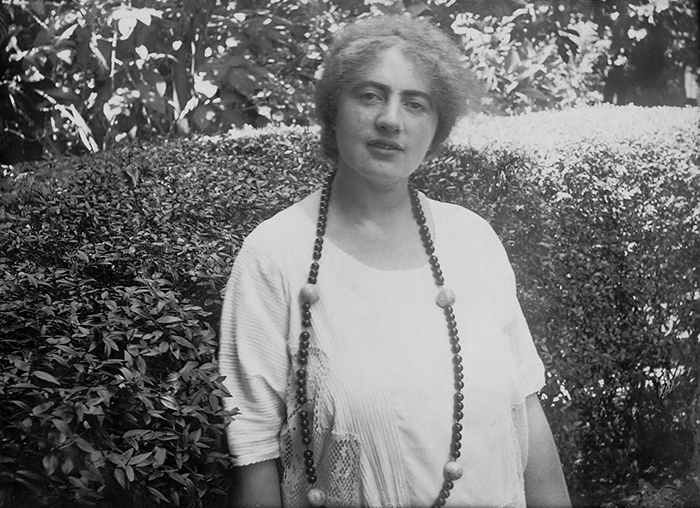
Now currently on at JCAF Kahlo, Sher-Gil, Stern: Modernist Identities in the Global South, plays the crucial role of acknowledging the contribution of artists from the global South to global art heritage. Though this exhibition focuses on these three great female artists, there are certainly more from this region of the world. It is also important to note that JCAF is a privately founded and funded museum, funded by two South African businessmen who have seen the wisdom of investing in such an important institution in art. JCAF is therefore increasingly playing the role of public art education. Under normal circumstances, this is a role that should rightly be played by public museums for the public good. But these are currently unfortunately moribund in South Africa.
Public officials in charge of the public purse meant for this purpose are too busy with other things than worry about such things as making sure that the public gets to benefit from such education traditionally provided by these institutions.
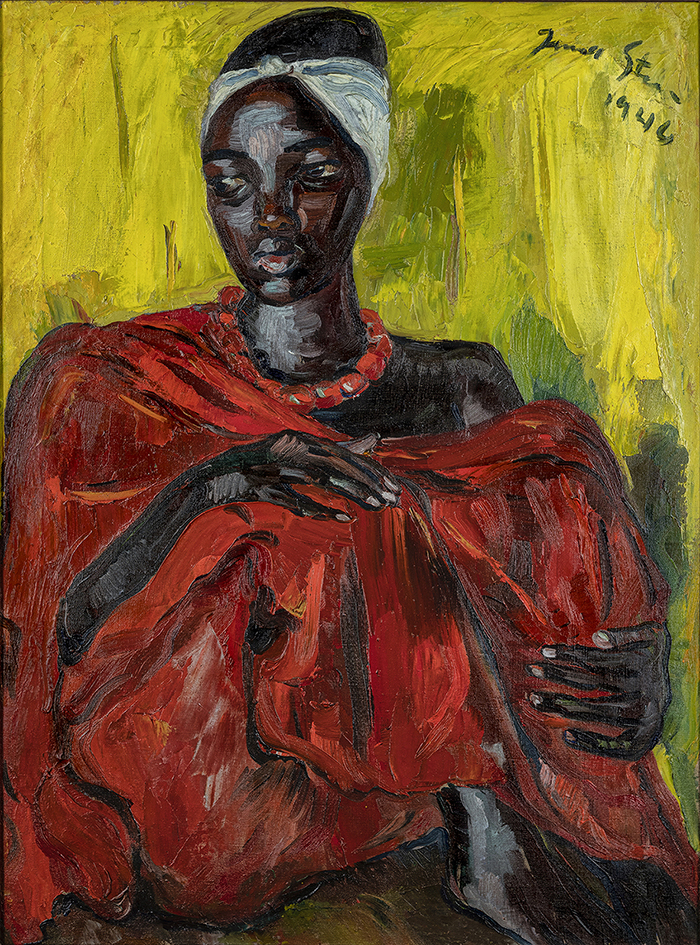
The public museums in South Africa are either not properly funded or the buildings they are housed in are neglected and decaying, threatening to literally go down with the art works they contain. It is so sad. Someone surely is currently sleeping on the job. And the politicians are too busy with other things than get officials to account for the mess happening at public museums right now. The case in point is the decaying and neglected building that houses the Johannesburg Art Gallery in Joubert Park. I mean when did you last hear of an exhibition taking place there?
The Iziko National Gallery in Cape Town is also so underfunded to the extent that it is unable to perform its functions fully, such as acquiring new works and hosting public programmes. Fortunately privately funded institutions such as Javett-Art Centre at the University of Pretoria, Zeltz Mocca in Cape Town and recently, JCAF have come in and filled that gap.
JCAF has in the past two years since it became operational been playing that important role of bringing exhibitions that are potent with intellectual rigour and are in the public interest. The current exhibition is no exception. Bringing together these three dynamic artists, whose works in many ways reflect the complexity of their own lives and their personal circumstances, reflects foresight by its curator Clive Kellner and his team.
No wonder Kellner told CITYLIFE/ARTS that bookings are going crazy for this exhibition that will run till 2023. Those interested in viewing this show, better book as soon as possible to avoid being on the waiting list for a very long time. This is how popular this show is.
“We have four shows a day (except Monday when the museum is closed), and we have been receiving an extraordinarily high volume of bookings ever since the announcement was made, to an extent that we are considering adding another slot, hosting five slots a day instead of the current flour,” Kellner told CITYLIFE/ARTS.
Here is the context of this exhibition. Over a period of the past three years JCAF) has embarked on a process of profiling women artists with the aim of repositioning art, its practice and history through the lens of the Global South.
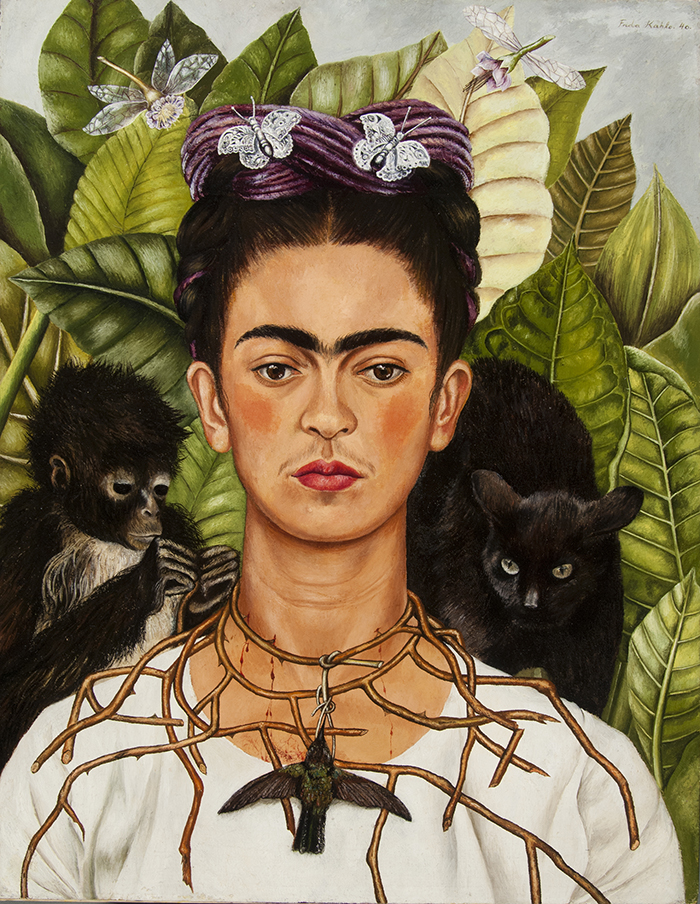
This final and definitely definitive exhibition in this series has been put together in that context.. The public will have an opportunity to view the exhibition from 25 October 2022 and this is the culmination of four years of research, travel and loan negotiations.
The exhibition is arguably one of the most exciting events on the annual art calendar, because, for the most part, local audiences will never have had the opportunity to see paintings by Frida Kahlo or Amrita Sher-Gil in person.
Why then, one might ask, have these three particular artists been drawn together in the final iteration of the series?
“The lives of Kahlo, Sher-Gil and Stern overlap in a decade that lay between the two World Wars. From approximately 1930 to 1941, they were all affected in various ways by the grand unfolding of historical events between the end of colonialism and the advent of nationalism in Mexico, India, South Africa and the Congo.
In addition, all three artists have in common a mixed heritage that is inevitably represented in their work: Frida Kahlo was born in Mexico City to an immigrant German father and a Spanish-Mexican indigenous mother, Amrita Sher-Gil was born in Budapest to an aristocratic Sikh Indian father and a Hungarian-Jewish mother, while Irma Stern was born in Schweizer-Reneke (in the then Transvaal) to immigrant German-Jewish parents,” the curator state.
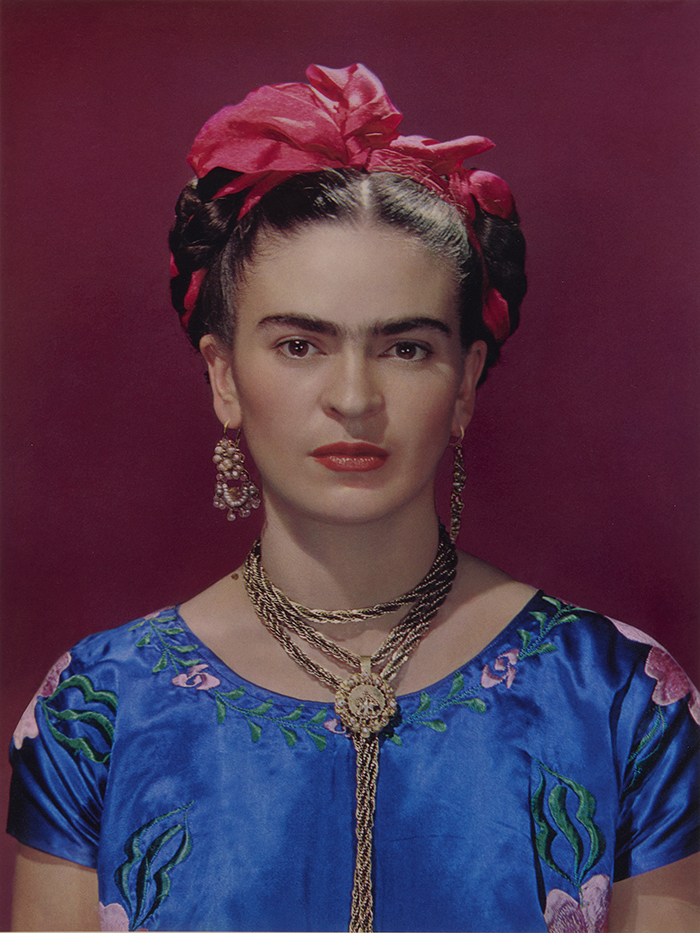
“The exhibition asks how these three pioneering artists explore this multiplicity in portraits of themselves and others,” says Kellner, Executive Director of JCAF. “Kahlo, Sher-Gil and Stern all construct a self through an imagined identification with indigenous women. Drawing from aspects of traditional cultures, they created modern hybrid identities against the backdrop of evolving nationalisms across three continents in the Global South.”
“These were not artists who reacted against the world through direct political commentary. Instead, they sought to express personal experience as a representation of political realities.”
Kellner elaborates by saying that Kahlo transformed her own pain and suffering by representing herself as an indigenous icon while Sher-Gil located her identity in the poor and silenced, but in the process helped to formulate Indian modernist painting. Stern, on the other hand, evoked the Black body as a translation of her impoverished self-image but at the same time created a space for herself as a pioneer of South African modernism.
The beauty of Kahlo, Sher-Gil, Stern: Modernist Identities in the Global South is that the exhibition unfolds in three different content-rich parts and the final section consists – quite simply – of a single painting by each artist.
The exhibition design references the cultural and architectural heritage of each artist: the Pre-Columbian architecture of Mexico for Kahlo, Sikh and Mughal architecture in India for Sher-Gil, and Watusi Congo vernacular architecture for Stern. A simplified form is abstracted from the architecture to produce a singular motif that represents the artists, and offers a visual path for guests to follow. Similarly, one colour has been selected for each artist: for Kahlo, a blue based on her house Casa Azul; for Sher-Gil, the red-earth pigment of India depicted in her paintings; and for Stern, a yellow representing the sun of Africa and used in several of her paintings.
Part 1 introduces the socio-political background events that were occurring during each of the artist’s lives as pioneers of modernity in the Global South.
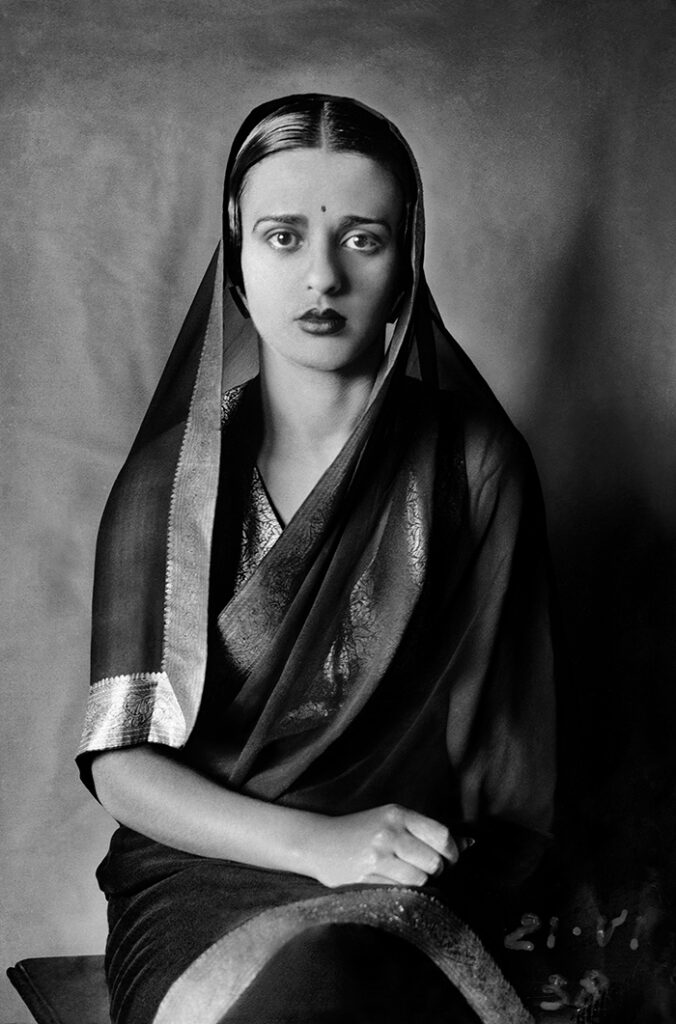
Part 2 introduces documentary material comprised of photographs, films, diaries and objects that situate each artist’s practice within specific personal and socio-cultural contexts. The content reveals a transformative narrative for each artist, from childhood into adulthood and from early European influences to that of an embodied local indigenous identity formation.
Part 3 consists of the three paintings, each contained within its own uniquely designed self-contained space based on the contextual architectural motifs.
“This exhibition,” concludes Kellner, “explores ways in which these extraordinary artists were shaped by the histories that made them and how they too helped to shape history.”
About the Portraits and Self-Portraits
Kahlo’s Self-Portrait with Hummingbird and Thorn Necklace (1940) reflects the influence of Kahlo’s mestizo heritage: the Catholic symbol of the thorns is combined with Kahlo’s indigenismo politics, which is suggested by the ‘natural’ elements of flowers, leaves, cat and monkey. The artist’s pet spider monkey, named Fulang Chang, is a recurring motif in her work, representing the children she was unable to have. Kahlo was well aware of the attributes bestowed on monkeys within Aztec civilisation as symbols of fertility. Here, Kahlo’s complex identity is foregrounded, and shown to be a hybrid repository of the modern and natural worlds, of the religious and the secular.
Three Girls (1935) is the first painting Sher-Gil did upon her return to India in 1934. She painted her nieces, Beant, Narwair and Gurbhajan Kaur, in a pose that suggests a contemplative melancholy, something that Amrita wished to convey as a quality intrinsic to her subject matter. Art historian Yashodhara Dalmia writes, “The lines and forms were a continuation of her years abroad, as the figures stood together in a studio pose, but their grave expressions, their sense of being at once together and isolated, would become the key motif of all her paintings in India.” Three Girls, demonstrates a move away from the academic style of painting, yet signals a strong identification with the subject.
Stern’s Watussi Woman in Red (1946) is a portrait of a young woman dressed in red, set against a lush yellow background. The portrait is a robust interpretation in which the artist constructs a self-image that, according to art historian Marion Arnold, is ‘infiltrated by her personal and social history and experience’. The young woman depicted in the painting is Princess Emma Bakayishonga, sister of King Mutara III Rudahigwa (1912–1959). This is denoted by the glass-beaded hoop necklace around the figure’s neck. It is a masterful painting that depicts not only the exterior beauty of the subject but also the interiority of the sitter, who appears caught in her own thoughts.
“Special thanks to the lenders, estates and archives for their generous support of the exhibition: Harry Ransom Center, The University of Texas at Austin; Museo Frida Kahlo and Banco de México Diego Rivera & Frida Kahlo Museums Trust; George Eastman Museum; Nickolas Muray Photo Archives; Fritz Henle Estate and Throckmorton Fine Art; The Ministry of Culture, Government of India and the National Gallery of Modern Art, New Delhi; Sher-Gil Sundaram Arts Foundation; The Estate of Umrao Singh Sher-Gil and PHOTOINK; Irma Stern Trust Collection and Irma Stern Museum, Cape Town; National Library of South Africa, Cape Town; RMCA Tervuren; Standard Bank African Art Collection and Wits Art Museum; National Film, Video and Sound Archives of South Africa; and private collections that wish to remain anonymous; and the support of the Embassy of Mexico in South Africa; the Mexican Studies Centre UNAM–South Africa; the High Commission of India in South Africa and the Consulate General of India in Johannesburg.
Exhibition dates: 25 October 2022 – 22 February 2023
Exhibition viewing is by appointment only
Entrance to JCAF is free to the public
Visit www.jcaf.org.za for further information
Instagram @foundation_jcaf










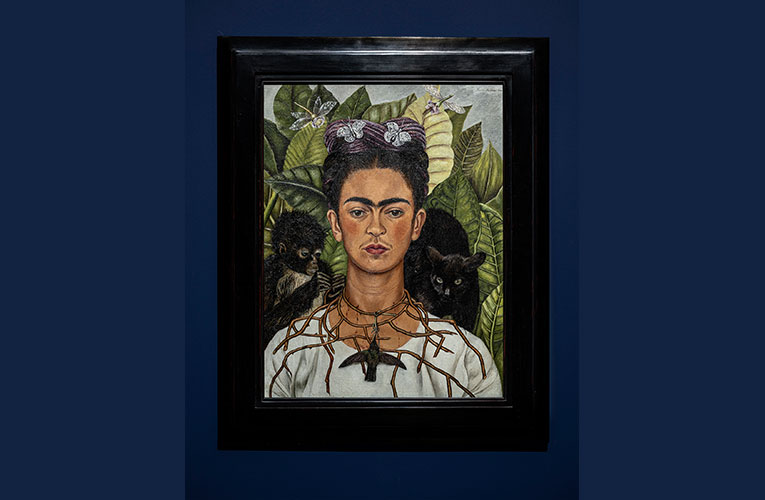
A superb exhibition with a wonderful guide. Emeka, so knowledgeable, informative, inspiring and challenging!
Just what you want an art exhibition to be, exquisitely curated. Thank you so much